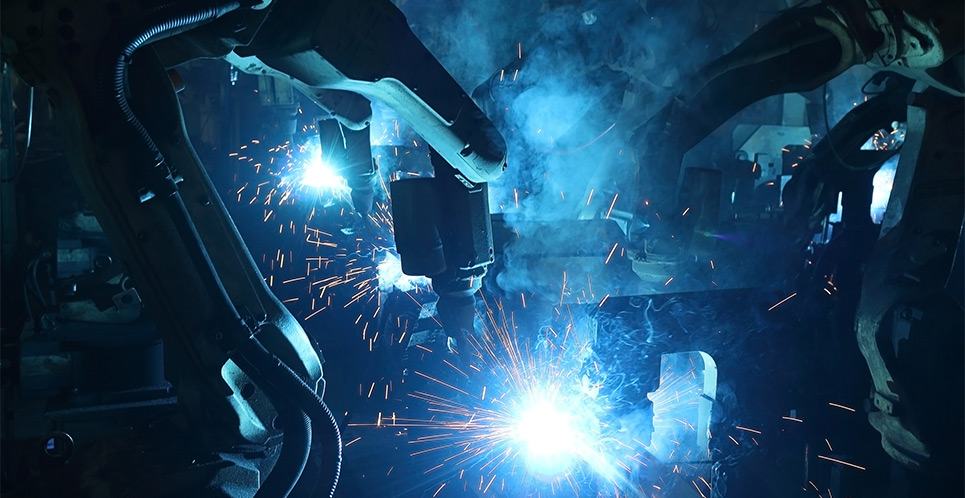Insight
Published and updated
Supply Chain Management Trends in Industry 4.0
Supply chain management is undergoing a sea change in the early days of Industry 4.0. All technologies linked to Industry 4.0—which, according to The Boston Consulting Group, include the Internet of Things (IoT), cybersecurity, cloud, data analytics, simulation, 3D printing, augmented reality, and robots—are trending in supply chain management.
As manufacturers evolve toward smart factories where efficiency rules, downtime vanishes and waste is limited, supply chains are supposed to be lean. According to The Lean Manufacturing Journal, “The fourth industrial revolution can enable the true lean enterprise.”
Lean is about doing more with less. That’s the notion behind the popularity of these four supply chain management trends.
Supply Chain Management Trend 1: Augmented Reality
Augmented reality overlays digital information on the real world. Think The Terminator from the T800’s perspective (not real). Or watch this cool Magic Leap demo (very real):
In supply chain management, augmented reality is being used for equipment repair, safety and quality monitoring, and order picking. SAP and DHL already use it for order picking.
Supply Chain Management Trend 2: Artificial Intelligence
With a working artificial intelligence (AI) definition of “the ability of a machine to perform human intelligence tasks equal to or better than humans,” River Logic cites multiple use cases for AI in supply chain management, including:
- Inventory Control & Management: Determine optimal inventory levels
- Purchasing & Supply Management: Eliminate repetitive purchasing tasks involved in the make-or-buy decision process
- Demand Shaping, Planning and Forecasting: Base decisions on a level of visibility and understanding of supply-and-demand information not possible by the human mind
Supply Chain Management Trend 3: Procurement Integration
According to Optimum Procurement (in an article that deftly weaves in a “Spinal Tap” metaphor) the “Future State” of procurement in Industry 4.0 includes the following:
- Think Supply “Network” Management: Supply “chain” is too linear. The global interconnected nature of suppliers, markets and competitors requires new thinking to compensate for vertical and horizontal integration.
- Co-create Value: Collaborating with suppliers from idea “through to the product development process seems to be procurement Nirvana.”
- Improve User Experience: Look for applications to have more user-friendly interfaces based on consumer-level products.
- Lead, Don’t Follow: Global partnerships are there for the taking so there’s no need to rely on the status quo.

Supply Chain Management Trend 4: Robotics
Robots have sensors and vision that make them more efficient at supply chain management tasks such as materials handling and assembly. They’re also being designed to safely work alongside humans, not necessarily in place of humans.
Robot automation helps companies lower fulfillment times and costs. In a recent MHI and Deloitte survey cited by the Wall Street Journal, 35 percent of respondents have already adopted robotics into their supply chains. The same article claims, “Amazon.com Inc., for example, designs new fulfillment centers with robotics incorporated in the design.”
Data & IoT = Blood & Circulatory System
Pulsing through the IoT-connected smart factory, data analytics powers augmented reality, AI, procurement optimization, robotics and much more. I like to think of data as the lifeblood and the IoT as the invisible circulatory system through which data courses.
I mention this visualization because it emphasizes the importance of IT in manufacturing and supply chain management. For Industry 4.0, manufacturers will need to recognize how much the plant floor depends on IT to stay competitive. That doesn’t necessarily mean that your supply chain managers need to have computer science degrees, but it does mean they’ll depend on IT to work as efficiently as possible.